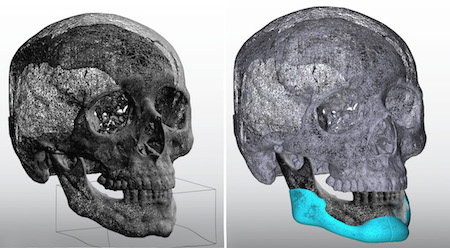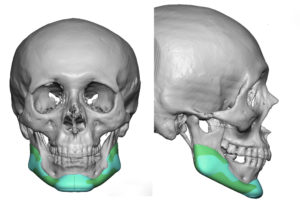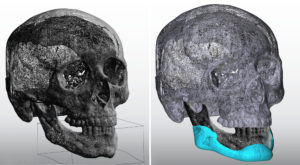Background: A custom jawline implant is the most powerful augmentation method of the lower third of the face. Its wrap around design changes the entire jawline in an angle-chin-ange distance. In essence the entire outer cortical border of the mandible is expanded. It is not surprising that its effect is more significant than three separate ‘spot’ augmentations of the jawline.
In designing a custom jawline implant there is no mathematical formula to use to create the patient’s desired aesthetic outcome. We do not yet have the technology to create an implant design knowing what its exact external effects will be. Therefore the surgeon must create the implant’s dimensions based on experience. (and it takes a lot of implant experience to learn the many nuances of such implant design effects) But this design imprecision is not the only variable that can affect the aesthetic result. The other wild card in the outcome is the patients themselves….how will they interpret the effects? Until a patient ‘wears’ an implant for awhile even they do not how they really feel about it.
As a result it is not uncommon that a patient will want to change their jawline implant to a new design. It will have healed perfectly and there are not obvious asymmetries to it but it will either have had an unpredicted aesthetic effect or they feel they know how to make it look even better. The following case provides such an example.
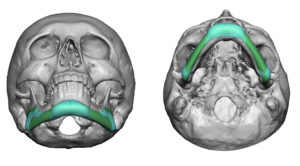
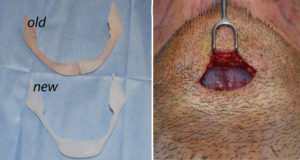
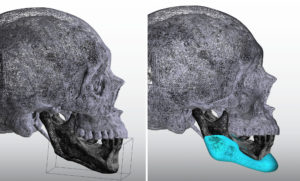
Case Highlights:
1) It is not rare that patients replace their custom jawline implant with a new one for aesthetic reasons. (desire for further aesthetic improvements)
2) The previous jawline implant serves as an invaluable guide for how to design a new implant for an improved aesthetic outcome.
3) New larger custom jawline implants may require a midline splint approach for placement due to an established tight capsule.
Dr. Barry Eppley
Indianapolis, Indiana

